Guest Post By Tristan Gillen
Founding Partner at Growth Division – Tristan has worked with over 50 startups in the last few years in a variety of capacities: as a founder, on the founding team, as a consultant or with his current growth marketing agency Growth Division. Growth Division helps startups find and validate channels to market through their community of growth experts, and have worked with the likes of Startups.com, Seedlegals, Oddbox and Weavr. He also has recently started a coworking space in Budapest, where he now lives, called CoWork Division.
Unfortunately, there’s no exact science when it comes to nailing your marketing channel plan. No single winning formula suits every business, especially when in the startup stages. There are 20 different marketing channels you can choose to communicate through, and deciding the ones that will drive cost-effective growth for your brand requires a strategy. And inevitably, a little bit of trial and error. The Bullseye Framework helps you develop a strategy to underpin your channel-to-market choices, one that is tailored to your business objectives.
What are the 20 different marketing channels?
The original framework was created by Gabriel Weinberg and __ in the book Traction. Their version had 19 growth channels, but I’ve updated the framework with an additional channel I felt was missing.
I run 10-15 of these Bullseye sessions per month with various startup founders, so I thought it’d be useful for me to quickly give you an overview of the 20 channels, then I’m going to give some top tips I always consider when selecting which channels will form part of the strategy.
The 20 different marketing channels include:
- Search Engine Marketing (SEM) – What it is: Paid adverts on search engine results, like Google Adwords. What it works best for: Fulfilling a direct purchase intent.
- Social and Display Ads – What it is: Paid adverts on social media platforms or websites. What it works best for: Driving awareness, engagement, or traffic driving.
- Offline Ads – What it is: Any advert that doesn’t appear digitally—for example, tube ads, OOH billboards, or magazine inserts. What it works best for Building awareness and brand exposure.
- Search Engine Optimisation (SEO) – What it is: A technical approach to your owned website content, making it appear higher in search rankings for specific terms. What it works best for: Driving traffic to your website.
- Target Market Blogs (TMB) – What it is: Appearing on blogs that see high volumes of traffic from your target audience, usually in the form of guest posts. What it works best for: Driving traffic to your website and building backlinks.
- Content Marketing – What it is: A broad form of marketing that includes any content you produce to add value to your audience, including articles, infographics, videos, whitepapers, and more. What it works best for: Engaging your audience.
- Speaking Engagements – What it is: Members and experts of your businesses speaking at events to raise awareness of your brand. What it works best for: Increasing brand exposure, mainly for B2B brands.
- Events – What it is: Creating a branded event to reach your target audience and garner leads. What it works best for: Increasing brand awareness and conversion.
- Trade Shows – What it is: Having a brand presence at trade shows. What it works best for: Reaching new prospects, mainly for B2B brands.
- Community Building – What it is: Building a community of engaged audiences and creating a two-way flow of communication through channels like forums and social media groups. What it works best for: Building a positive perception, reputation, and familiarity with your brand.
- Affiliate Marketing – What it is: Commissioning relevant partners, websites, or individuals to advocate your brand amongst their audiences. What it works best for: Increasing brand reach and awareness amongst relevant audiences.
- Existing Platforms – What it is: Leveraging other, pre-existing marketing platforms like Facebook, Slack, Craigslist, or Etsy to redirect traffic to your website. What it works best for: Driving traffic to your website.
- Engineering as Marketing – What it is: Creating valuable tools that your audiences will benefit from to get them engaging with your brand and product. What it works best for: Building a positive perception of your brand but also capturing leads.
- Viral Marketing – What it is: Also called referral marketing, viral marketing leverages your existing customer base to reach a further network. What it works best for: Increasing brand reach amongst relevant audiences.
- Sales – What it is: The most direct approach to sell your product to a potential customer. What it works best for: Making a direct sale.
- Business Development – What it is: Building partnerships with brands that share your target audience and who your target audience also have an affinity with, working together to double your marketing efforts. What it works best for: Increasing your brand reach.
- Unconventional PR – What it is: Doing something ‘out there’ to grab the media’s attention and, therefore, your audiences’ attention. What it works best for: Increasing brand awareness and building a reputation.
- Public Relations (PR) – What it is: Garnering paid or owned media coverage against a communications strategy. What it works best for: Increasing brand awareness and building a reputation.
- Direct Outreach – What it is: Directly contacting prospective customers who you think will benefit from your offering. What it works for: Building and nurturing leads.
- Customer Engagement – What it is: Engaging your existing customers to increase their lifetime value. What it works for: Increasing retention and CPL of your customers.
What is the Bullseye Framework?
The Bullseye Framework offers a targeted approach to channel planning that allows you to create a cost-effective and performance-driven strategy.
Using the dartboard-esque visual to plot out your high to low priority channels, you can effectively allocate your budget and resources to the areas you think will create the most impact for your business.
The outer ring contains all possible channels for growth you can choose, some of which you will decide not to invest in whatsoever. But this is where you start your thinking.
The middle ring contains the channels you think have the most potential to enable you to hit your upcoming growth targets. You’d ideally be choosing between 3-6 channels to go into this middle ring, and they remain there whilst you’re running them, until you’ve validated which ones work well, and therefore which you should invest in, AND which should move into the inner circle.
And Bullseye! You put the channels you have tested and validated as effective channels to growth for your business into that centre circle. This means you’ve proven these channels have repeatable, reliable and profitable cost per acquisition figures. These are the channels worth investing more heavily in.
The Bullseye Framework is a tool that helps you understand and analyse your most profitable and effective channels, streamlining your businesses efforts into the areas that need it most and becoming more efficient in your marketing approach.
Why is the Bullseye Framework effective for startups?
Start-up life is notoriously fast-paced, resource-limited, and growth-focused. Your marketing approach needs to acknowledge limitations and allow you to be efficient in your strategy whilst minimising any wastage. It focuses on the balance between effort and reward.
The Bullseye Framework lets your startup do just that. The framework offers a highly targeted approach to marketing that is used as both an initial way to build out a growth plan and an effective way at continually reflecting on the success of the strategy you have put in place. As you learn more about what works for your brand’s growth and what doesn’t, your chosen channels will change.
How to use the Bullseye Framework
Although it’s a reasonably straightforward framework, there are several considerations to make that will help you determine which channels are worth testing and moving into the middle tier of the circle.
- Keep your objectives at the centre
Tying everything back to your objectives is the best way to guarantee success. Without an objective focused approach to marketing, it won’t be easy to measure effectiveness and optimise. Start by defining brand proposition, your targets for growth, core KPIs, and ideally some overarching OKRs before tackling the Bullseye Framework.
- Figure out what’s appropriate.
Some marketing channels might not be appropriate for your startup based on your offering and target audience. Eradicate these first to keep focus. For example, for a brand selling personalised rucksacks to a particular demographic, direct outreach and speaker engagements might not be appropriate.
- Think about your target audience.
Delve deeper into who you’re looking to target and where they are most likely to be found. Map your target audience to the environments they can be reached in to maximise your channel performance.
- Consider your budget and your timings.
Constraints on budget and timings will impact where you decide to focus. If your budgets are small, offline marketing might not be an option. If your growth targets are more immediate, content marketing might be off the cards for now as it’s more of a slow burn, less conversion-based channel. If you need some help on building out what you should be budgeting for your marketing spend to hit your targets, it’d be worth checking out the Marketing Budget Calculator I built.
- Choose a good mix.
Choosing a diverse mix of paid, owned, online, and offline channels is a great way to build a well-rounded strategy and attribute performance effectively. Ideally, your channel mix should include some longer-term strategies that will pay off in the long run, such as content or SEO, and some short-term channels that will immediately be impactful, like Paid Social Ads. Diversifying your marketing spend this way derisks your growth and prevents overreliance on certain channels.
- Test, report, and refine.
Your Bullseye Framework should never be set in stone and will continue to develop. We’d recommend reviewing your Bullseye at least every 3 months. Optimisation of the overarching channel strategy is the key to building a reliable growth engine.
The Bullseye Framework is an effective way to build and develop your channel-to-market strategy in a way that is bespoke to your business. It’s one of the many ways startups can maximise growth cost effectively. If you haven’t yet thought about a targeted channel approach for your startup, now is the time to do so.

